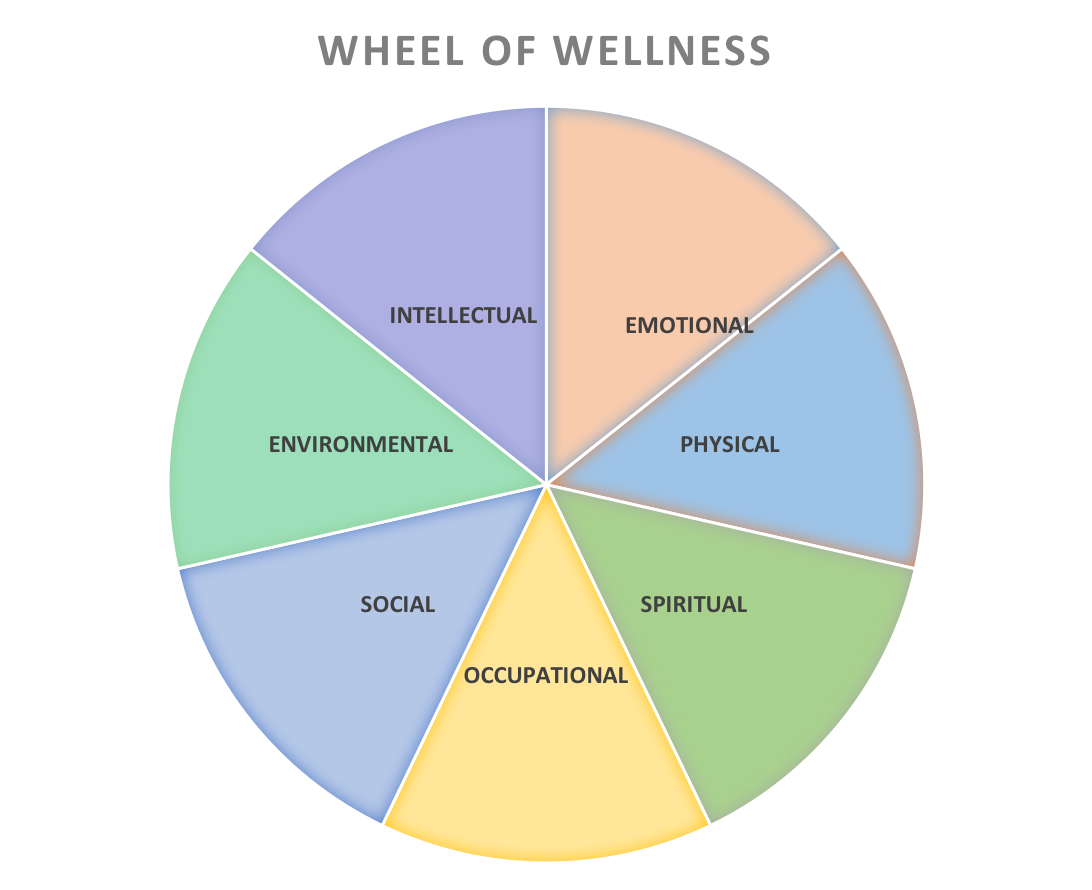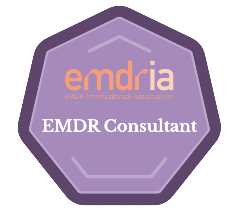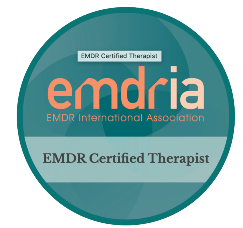Tips to Manage Stress in the Workplace
Tips to Manage Stress in the Workplace
Today’s executives and employees are struggling like never before to manage stress that results from increased competition and productivity pressure. Often in today’s workplace, employers expect higher productivity and longer work hours which has led many into feelings of depression and anxiety.
Recent research findings show that the better employees feel equipped to handle the negative stress from work, the better they feel about work and colleagues, the more productive they are, and the less they feel work related stress. [1] Many businesses are implementing programs to bring improved mental health awareness into the workplace in order to curb the trend of negative workplace feelings.
What are some strategies to help manage stress in the workplace? Taking into account your whole self is the first step. There are varying models of the dimensions of wellness, however, there are several areas that are common across the spectrum of models. Focusing on seven important elements: occupational, physical, social, emotional, spiritual, environmental and intellectual is a sound starting point.

Occupational
Work is great, but there is more to you than that! This is an important arena, but too often is one in which people become consumed or by which they define themselves. It’s great to have satisfying work that is fulfilling, taps into your strengths, is in keeping with your values and provides fair compensation; however this is only one of the many dimensions and must be balanced with the others.
Physical
Take breaks throughout the day, and spend some time before or after work, or during lunch to exercise. Finding time each day to move around, to exercise and to improve physical fitness ultimately reduces stress by releasing endorphins. Physical activity re-sets your perspective and helps you tap into more rational thinking. Furthermore, it fosters a good body image and self-confidence, not to mention its many physical health benefits.
Social
Step away from the computer! Spending time interacting with peers, colleagues, family, or friends for a portion of the day, every day, is invaluable. In the end, these are the memories and connections that will matter the most to you, so making it a priority is imperative to mental wellness.
Emotional
Take time to notice. Notice your feelings and stress level and manage them. Be aware of the wide range of emotions that you feel, from happiness to sadness and everything in between. Don’t be afraid to express your feelings, such as disappointment and the sadness that accompanies it or to share your happiness with someone. Also being empowered to seek help from a trusted therapist when you need it is invaluable.
Spiritual
Spend time alone. Whether you identify with a specific religion or just enjoy going to yoga, connecting with your own search for meaning in life is a key component in wellness. Spending time alone, thinking, relaxing and meditating can bring tremendous stress relief. This practice can help foster better understanding of others, improved empathy and enriched meaning and sense of value in your life.
Environmental
Be involved in your community. Being aware of the world around you, and your place in that world is another component of mental wellness. Being an active part of your community, and recognizing the value of community, contributes to a sense of how you fit into the world around you. It helps foster a sense of respect for your own values and those of others. Feeling good about proactively contributing positively to the environment or community adds significantly to the feelings of belonging and of being part of something bigger than you.
Intellectual
Read or learn something new. Stimulating your mind both at work and outside of work helps you to explore your interests and strengths. Intellectual learning contributes to improved relationships, career opportunities, spiritual growth and environmental awareness. It helps you to develop critical thinking skills and, when thinking about topics that you find particularly engaging, helps you to tap into “flow.” When in the “flow” you will have a feeling of being relaxed and engaged at the same time as you tap into your parasympathetic nervous system (a relaxing branch of your nervous system.)
On top of managing each of these areas, strengthening resources you can access to help immediately lower stress levels prepares you to use those resources when you need them most. For example, tapping into a sense of calm or a sense of empowerment that has been strengthened through practice, increases the likelihood you will use that resource when you are feeling stressed. Resource Development and Installation is a form of EMDR therapy that is also used to help with strengthening resources and can be done with an EMDR trained therapist.
Bottom line is that maintaining balance in your life and having strategies to manage stress are important components of whole person wellness. Each domain is interconnected as a part of your whole being. When you bring that balance to your career, you will flourish. Remember, simply boosting the awareness of your ability to manage stress will fuel more positive feelings in the work place.
For more information on this topic:
Tamra Hughes, MA, LPC Licensed Professional Counselor, EMDRIA Approved Consultant and Trainer www.greenwoodcounselingcenter.com
[1]University of East Anglia. “New insights into how employees manage stressful situations at work.” ScienceDaily. ScienceDaily, 2 February 2018.





